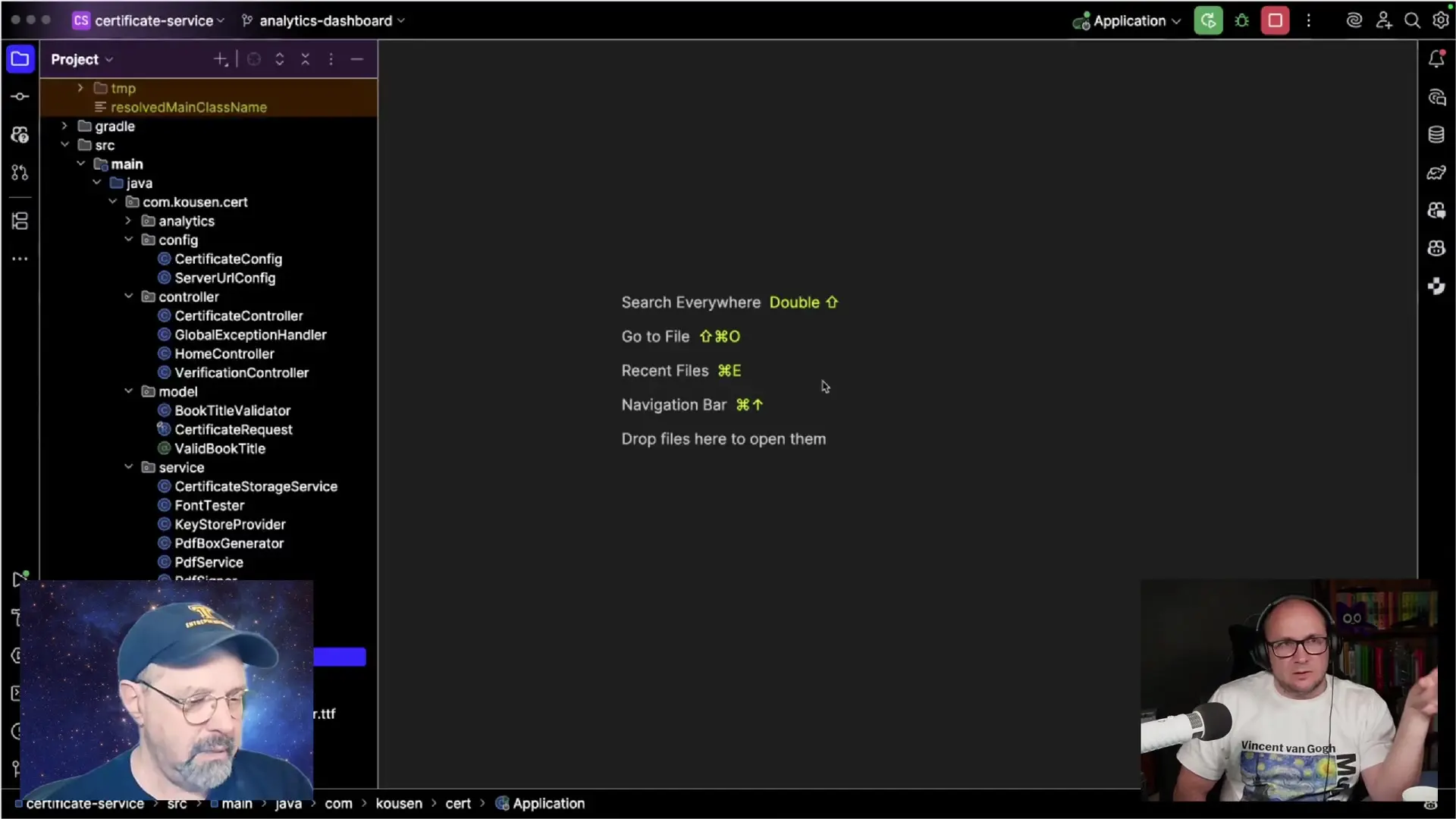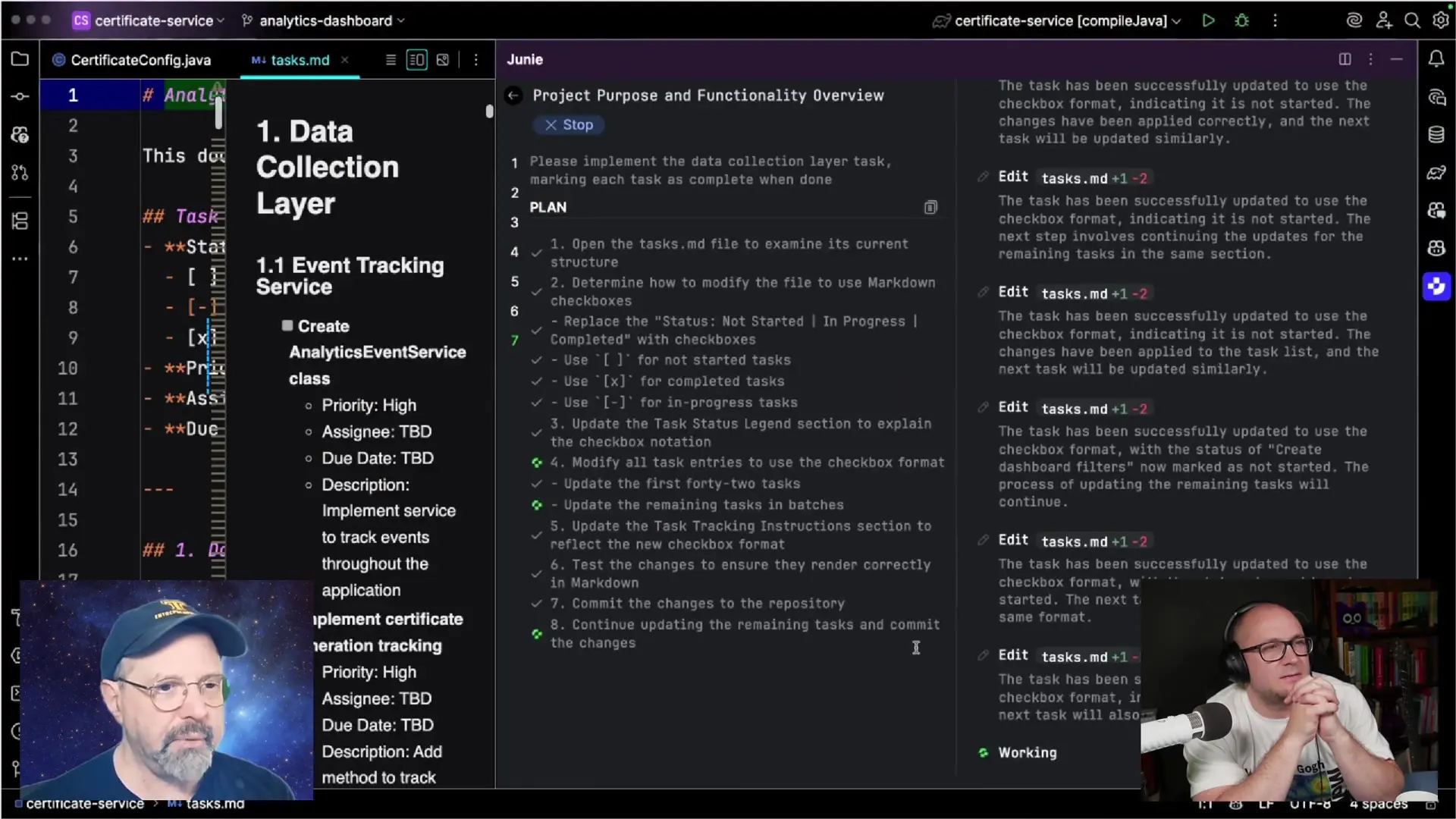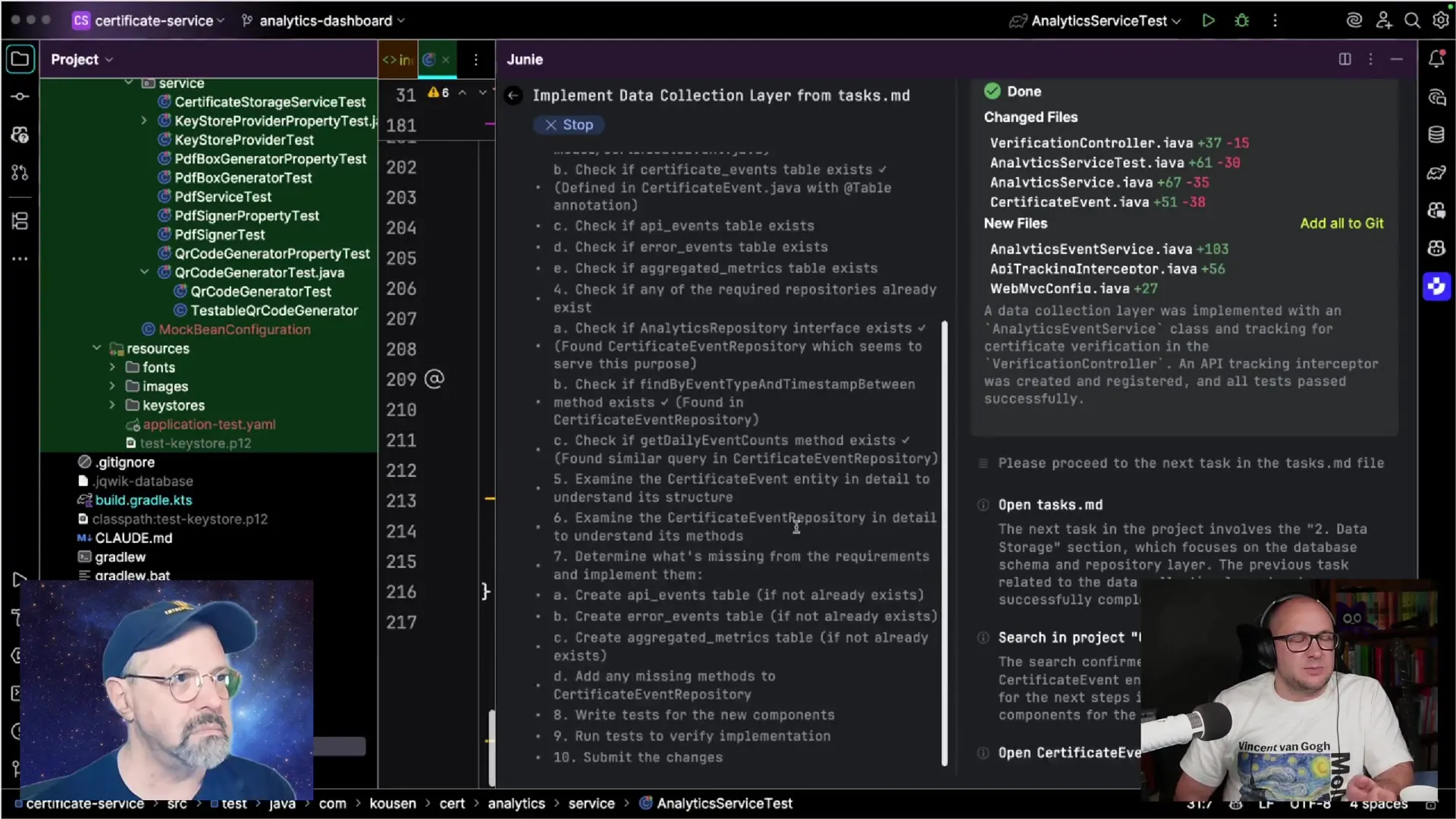
The landscape of AI-powered coding assistants has evolved rapidly, with tools like Claude Code and Juny transforming how developers approach projects. While these tools may appear similar on the surface—both leveraging powerful language models to assist with coding tasks—their internal architectures, system prompts, and integration capabilities can lead to significantly different development experiences and outcomes.
In this practical comparison, we'll examine how these AI coding assistants perform in real-world development scenarios, exploring their strengths, limitations, and ideal use cases through the lens of a certificate generation service built with Java.
Understanding AI Coding Assistants: Claude Code vs Juny
Before diving into the practical comparison, it's important to understand the fundamental differences between these tools. Claude Code is developed by Anthropic and requires an API key with usage-based pricing, while Juny is a more recent entrant to the market with its own approach to code generation and assistance.
Both tools aim to solve the same problem—making developers more productive by handling routine coding tasks—but they differ in their implementation details, integration options, and how they interact with existing codebases.
The Certificate Service Project: A Real-World Test Case
To compare these tools effectively, we'll examine a real project: a certificate generation service built with Java. This service allows authors to create digitally signed PDF certificates for ebook owners—essentially providing a digital equivalent to signing physical books.
The project requirements include:
- Generating PDF certificates with custom text and signatures
- Implementing digital signatures for document verification
- Creating a web interface for certificate generation
- Deploying the service to Heroku with GitHub integration
This project is particularly suitable for testing AI coding assistants because it involves multiple technical domains that would typically require specialized knowledge: PDF generation, cryptography for digital signatures, web development, and deployment automation.
Claude Code: Integration and Workflow Experience
Claude Code offers two primary integration options: a terminal-based interface and an IntelliJ plugin. The IntelliJ plugin provides direct integration with the IDE but has some limitations in terms of screen space and workflow.

When using the plugin, Claude Code opens in a local terminal window within the IDE. For developers working with larger fonts or who need more screen real estate, this can feel cramped. Additionally, the plugin implementation sometimes causes focus issues—after Claude generates code, the focus shifts away from the terminal window, requiring the developer to manually click back to continue the conversation.
Many developers prefer running Claude Code in a separate terminal window outside the IDE, which provides more space for interaction while still allowing the tool to automatically update code in the IDE. This approach creates a dual-window workflow that balances the benefits of both environments.
Project Analysis and Code Generation with Claude Code
One of Claude Code's strengths is its comprehensive project analysis capabilities. When asked to explain a project it hasn't seen before, Claude Code typically provides detailed information about the codebase structure, dependencies, and overall architecture.
For the certificate service project, Claude Code was able to handle the complex requirements of PDF generation and digital signatures—two areas that would typically require significant research and specialized knowledge. It generated functional code for these components in a fraction of the time it would take to implement them manually.
Juny: IDE Integration and Development Experience
Juny offers tighter integration with the IDE compared to Claude Code's plugin. While still in beta, developers report that it provides a smoother, more responsive experience within the development environment.

Juny's integration feels more native to the IDE workflow, which can lead to fewer context switches and a more streamlined development process. However, when analyzing a new project, Juny tends to provide less comprehensive information compared to Claude Code, focusing more on immediate code-related tasks.
Enhancement Proposals and Issue Resolution
Both tools can assist with enhancement proposals and issue resolution, but their approaches differ slightly. Juny excels at quick, targeted code modifications and suggestions, while Claude Code often provides more context and explanation around its recommendations.

Implementing Complex Features: PDF Generation and Digital Signatures
The certificate service project required implementing two particularly complex features: PDF generation and digital signatures. Both of these tasks would typically require specialized knowledge and potentially tedious work with low-level libraries.
In Java, libraries for PDF generation and cryptography exist but are often low-level and require significant effort to use effectively. This is where AI coding assistants can provide substantial value by abstracting away the complexity and generating functional code that handles these requirements.
// Example of PDF generation code created with AI assistance
public class CertificateGenerator {
public byte[] generateCertificate(String ownerName, String bookTitle) throws IOException {
PDDocument document = new PDDocument();
PDPage page = new PDPage(PDRectangle.A4);
document.addPage(page);
try (PDPageContentStream contentStream = new PDPageContentStream(document, page)) {
// Add certificate title
contentStream.beginText();
contentStream.setFont(PDType1Font.HELVETICA_BOLD, 24);
contentStream.newLineAtOffset(100, 700);
contentStream.showText("Certificate of Ownership");
contentStream.endText();
// Add certificate text
contentStream.beginText();
contentStream.setFont(PDType1Font.HELVETICA, 12);
contentStream.newLineAtOffset(100, 650);
contentStream.showText("This certifies that " + ownerName);
contentStream.newLineAtOffset(0, -15);
contentStream.showText("is the proud owner of " + bookTitle);
contentStream.newLineAtOffset(0, -15);
contentStream.showText("and has earned the author's eternal gratitude.");
contentStream.endText();
// Add signature image
PDImageXObject signatureImage = PDImageXObject.createFromFile("signature.png", document);
contentStream.drawImage(signatureImage, 100, 500, 150, 50);
}
ByteArrayOutputStream baos = new ByteArrayOutputStream();
document.save(baos);
document.close();
return baos.toByteArray();
}
}Deployment and Integration: From Local to Production
Another area where AI coding assistants can provide significant value is in deployment and integration. The certificate service project required deployment to Heroku with automatic updates from GitHub—a process that involves multiple configuration steps and potential pitfalls.
Both Claude Code and Juny can assist with generating the necessary configuration files and deployment scripts, but their approaches and the quality of their output may differ based on their training data and internal models.
# Example Heroku configuration file generated with AI assistance
name: certificate-service
stack: heroku-20
buildpacks:
- heroku/java
env:
JAVA_OPTS: -XX:+UseContainerSupport
SPRING_PROFILES_ACTIVE: production
addons:
- heroku-postgresql:hobby-devDevelopment Speed and Efficiency Comparison
One of the most compelling aspects of AI coding assistants is their ability to accelerate development. The certificate service project, which involved multiple complex components, was completed in approximately 1.5 to 2 days using Claude Code—a task that would likely have taken significantly longer without AI assistance.
This acceleration comes from several factors:
- Reducing research time for unfamiliar libraries and APIs
- Generating boilerplate code quickly and accurately
- Providing working implementations of complex features
- Assisting with configuration and deployment tasks
Both Claude Code and Juny can provide these benefits, but their effectiveness may vary depending on the specific requirements of your project and your preferred development workflow.
Making the Choice: When to Use Claude Code vs Juny
Choosing between Claude Code and Juny depends on several factors, including your development environment, workflow preferences, and specific project requirements.
Consider using Claude Code when:
- You need comprehensive project analysis and detailed explanations
- You prefer working with a separate terminal window for more screen space
- You're implementing complex features that require specialized knowledge
- You're comfortable with API-based pricing models
Consider using Juny when:
- You prefer tighter IDE integration and fewer context switches
- You're working on quick, targeted code modifications
- You want a more responsive, snappy experience within your IDE
- You're looking for a newer tool that's actively evolving
Conclusion: The Future of AI-Assisted Development
AI coding assistants like Claude Code and Juny are transforming software development by making complex tasks more accessible and reducing the time required to implement specialized features. While they have different strengths and integration approaches, both tools can significantly enhance developer productivity.
As these tools continue to evolve, we can expect even tighter integration with development environments, more accurate code generation, and broader knowledge of specialized domains. The certificate service project demonstrates how these tools can already handle complex requirements involving PDF generation, cryptography, web development, and deployment automation.
Whether you choose Claude Code, Juny, or another AI coding assistant, the key is to understand how these tools fit into your development workflow and leverage their strengths to accelerate your projects while maintaining code quality and security.
Let's Watch!
Claude Code vs Juny: Which AI Coding Assistant Delivers Better Results?
Ready to enhance your neural network?
Access our quantum knowledge cores and upgrade your programming abilities.
Initialize Training Sequence